The Little Mermaid statue is one of Copenhagen’s most iconic landmarks. This bronze figure, perched on a rock by the Langelinie promenade, was unveiled on August 23, 1913. It has become a symbol of the city. Inspired by Hans Christian Andersen’s famous fairy tale, the statue attracts visitors from all over the world who come to admire its beauty and learn about its history.
As you stroll along the waterfront, you’ll find the statue gazing out to sea, embodying the spirit of the beloved story. The creation of the statue was a gift from Danish brewer Carl Jacobsen to the city, and it reflects both artistic talent and cultural significance. Visiting this enchanting piece of art gives you a glimpse into Copenhagen’s rich heritage.
In your journey to explore the city, don’t miss the chance to see The Little Mermaid up close. It’s a perfect spot for photos and a moment of reflection about the tale that has touched the hearts of many.
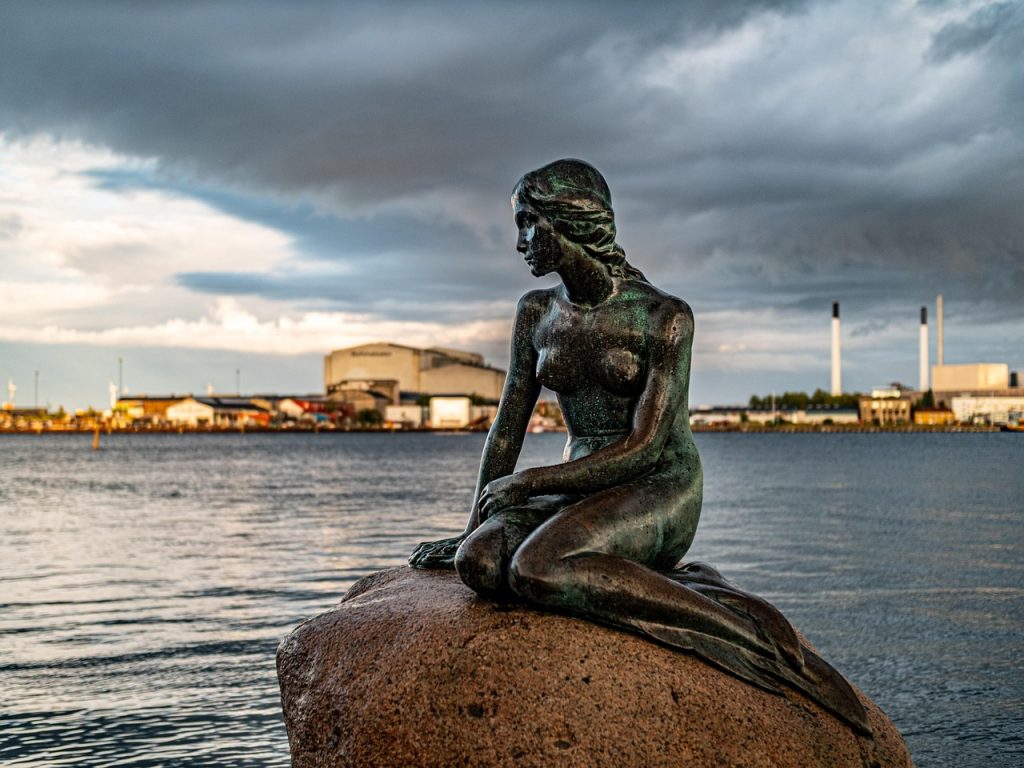
Historical Significance
The Little Mermaid statue holds great historical importance tied to its commissioning, literary inspiration, and the roles it plays in culture and politics. Each of these aspects adds depth to its story, making it a beloved symbol of Copenhagen, Denmark.
Commissioning and Creator
The statue was commissioned by Carl Jacobsen, the son of the founder of Carlsberg Beer, in 1909. He wanted to honor the fairy tale by Hans Christian Andersen, which captured the hearts of many. The artist Edvard Eriksen created the statue, unveiling it to the public on August 23, 1913.
Interestingly, Carl Jacobsen was inspired to create the statue after watching a ballet based on Andersen’s story at the Royal Theatre. The dancer Ellen Price, who performed the lead role, particularly moved him. This connection between theatre and art showcases how the statue represents a blend of different cultural influences.
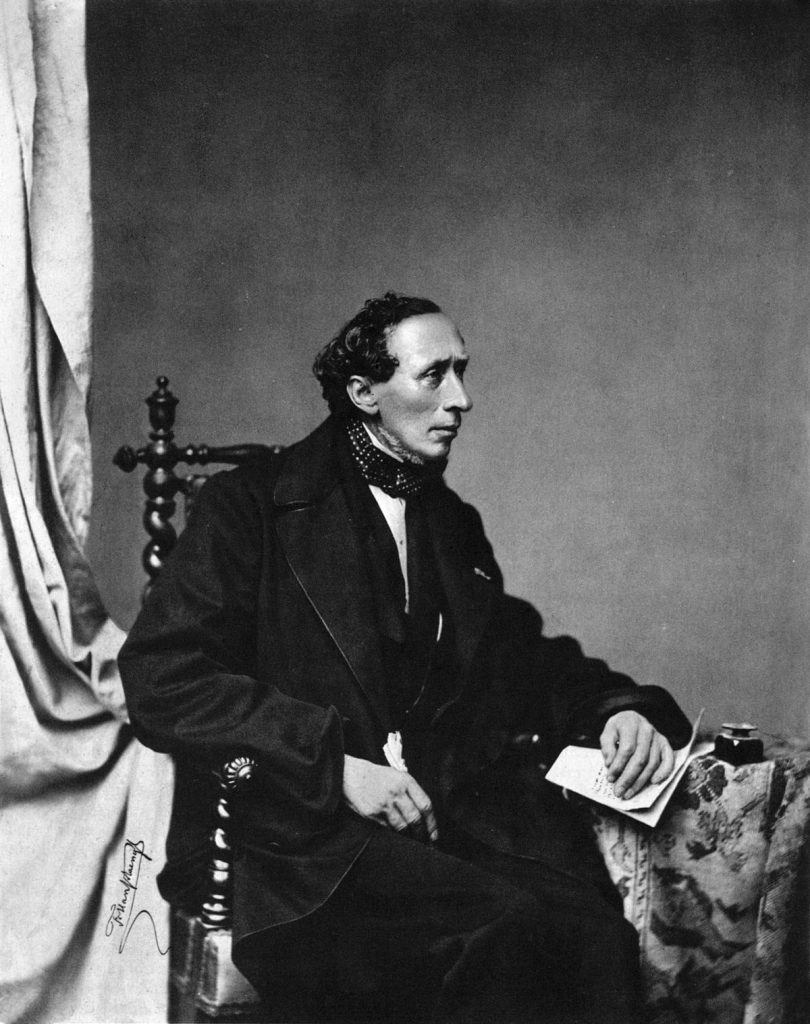
Inspiration from Literature and Ballet
The Little Mermaid is rooted in the 1837 fairy tale by Hans Christian Andersen, which explores themes of sacrifice and longing. The story tells of a mermaid who transforms into a human in pursuit of love, giving up her voice in the process.
The ballet adaptation of this tale, performed at the Royal Theatre, also played a crucial role in its enduring appeal. The combination of literature and performance art gave the statue a unique narrative. It serves as a reminder of Andersen’s literary legacy and the timeless nature of his themes.
Cultural and Political Symbolism
Beyond its artistic merit, the statue has also taken on cultural and political symbolism over the years. It has become an icon of Copenhagen, representing the spirit of the city. Visitors from all over the world admire its beauty and the story behind it.
The Little Mermaid has faced challenges, such as vandalism and protests. These incidents brought attention to various cultural and political movements, showing how a piece of art can become a focal point for wider discussions. Its enduring presence reflects the evolving values of society, ensuring it remains relevant in modern times.
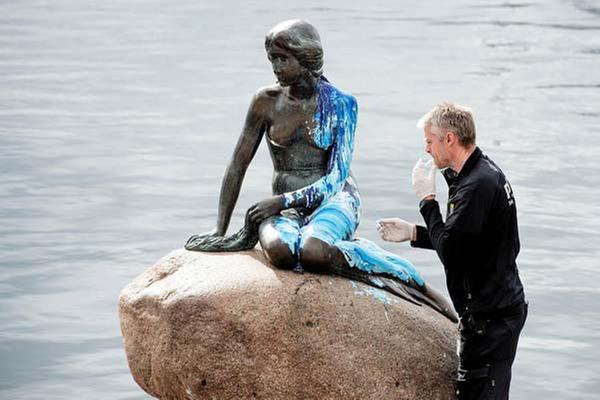
Physical Description
The Little Mermaid statue is both striking and symbolic, showcasing remarkable design and craftsmanship. This section explores its design details and the materials that give it life.
Design and Artistry
The Little Mermaid was designed by sculptor Edvard Eriksen and is inspired by Hans Christian Andersen’s beloved fairytale. She is depicted as a young woman with a serene expression, poised gracefully on a rock.
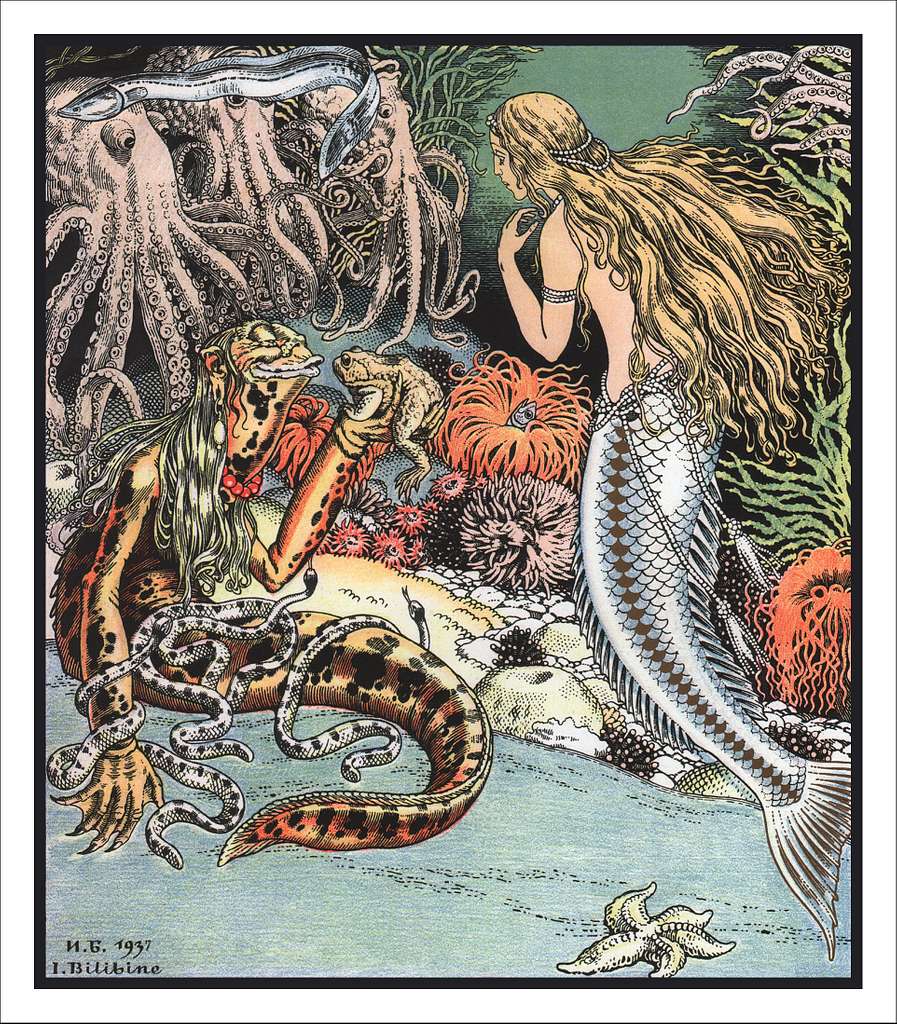
The statue captures the essence of longing and beauty, with flowing hair and a smooth tail. The delicate features are thoughtfully crafted, making her an iconic representation of the story.
At a height of just four feet, she sits elegantly at Langelinie Pier, making her easily approachable for visitors. This intimate scale invites you to appreciate the artistry up close.
Material and Craftsmanship
The statue is crafted from bronze, giving it durability and a beautiful finish. This choice of material helps the Little Mermaid withstand harsh weather conditions by the sea. The bronze has aged into a lovely patina over the years, which adds character to her appearance.
Eriksen’s craftsmanship is evident in every detail, from the fine textures of her hair to the smoothness of her tail. The use of granite for the base provides stability, ensuring that she remains securely perched on her rock.
This combination of bronze and granite not only enhances her aesthetics but also underscores the dedication to quality in her creation.
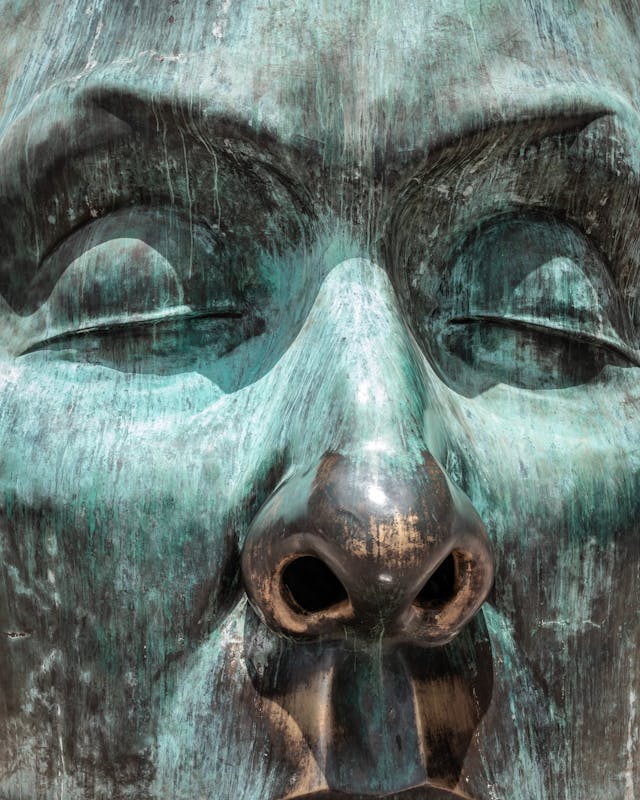
Location and Accessibility
You will find The Little Mermaid statue in a picturesque setting that highlights its charm. It sits at Langelinie Promenade, making it easy to visit as part of your exploration of Copenhagen. There are several ways to access this iconic landmark, and the surrounding area offers additional sights to enjoy.
Langelinie Promenade
Langelinie Promenade is a lovely waterfront path perfect for a stroll. The promenade stretches along the harbor, providing stunning views of the water and nearby attractions. You can walk comfortably while admiring the beautiful surroundings.
The Little Mermaid statue is located here, resting on a stone, gazing out at the sea. Along the promenade, you will also find cafes, benches, and green spaces to relax. Biking is another great option, as the area is bike-friendly with dedicated lanes.
Vicinity and Landmarks
In the vicinity of The Little Mermaid, there are several notable landmarks. Just a short distance away is Kastellet, a well-preserved 17th-century fortress. It features star-shaped ramparts and grassy areas perfect for picnics.
You can also explore Princess Mary’s Bridge and the English Church nearby, both offering unique sites to enjoy. The harbor area is lively and full of energy, making it a great place to people-watch or enjoy local art.
This combination of landmarks and nearby attractions makes visiting The Little Mermaid a complete experience.
In Popular Culture
The Little Mermaid statue in Copenhagen is more than just a local icon. It has inspired various replicas and artistic works around the globe, creating a connection to the original Danish fairy tale.
Global Replicas
You can find several replicas of The Little Mermaid in different cities. One notable example is located in Shanghai, China. This statue also pays homage to the beloved fairy tale while adapting it to a local context.
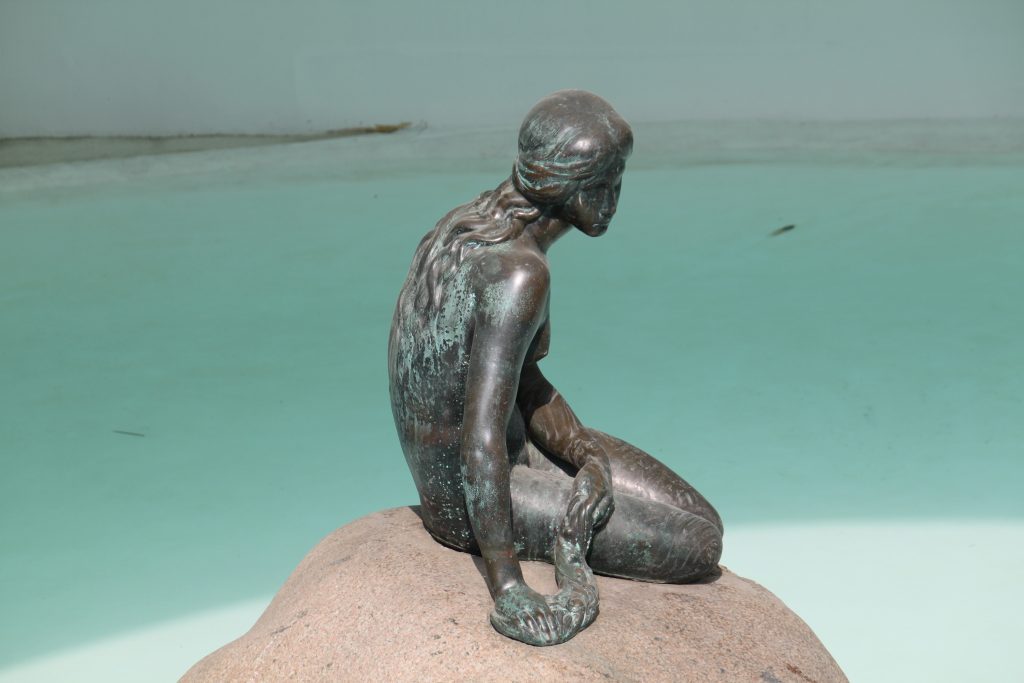
Another famous replica is in Epcot, Florida, where it draws many visitors. These replicas celebrate the story’s themes and beauty, making the legend of The Little Mermaid accessible to people all over the world.
Each replica captures the essence of the original statue while adding unique elements that resonate with the culture it represents.
Artistic Interpretations
The story of The Little Mermaid has been interpreted in various artistic forms. Many artists have used it as inspiration for literature, paintings, and performances.
You can find illustrations in children’s books that bring the tale to life with vibrant colors and imaginative designs.
Additionally, theater productions, including ballets and musicals, have reimagined the story, showcasing its timeless appeal. These interpretations highlight the emotional depth of the story and connect audiences to its core themes of love and sacrifice.
In art, The Little Mermaid serves as a powerful symbol, reminding everyone of the importance of dreams and the consequences of pursuing them.
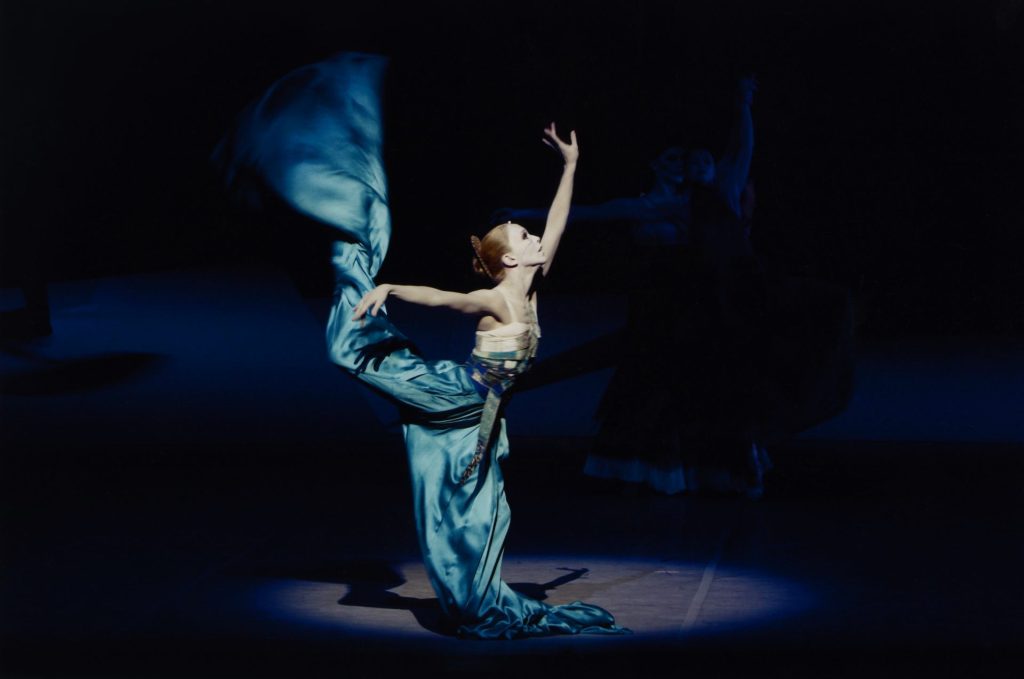
Tourist Information
When you visit the Little Mermaid statue in Copenhagen, you’ll find useful facts that enhance your experience. Knowing the visiting hours, the best times to go, and attractions nearby can make your trip even more enjoyable.
Visiting Hours
The Little Mermaid statue is accessible 24 hours a day, so you can visit at your convenience. Many tourists prefer visiting in the early morning or late evening. The lighting during these times creates a beautifully serene atmosphere for photos. Keep in mind that while the statue itself is always open, the nearby facilities, like restrooms and cafés, might have limited hours.
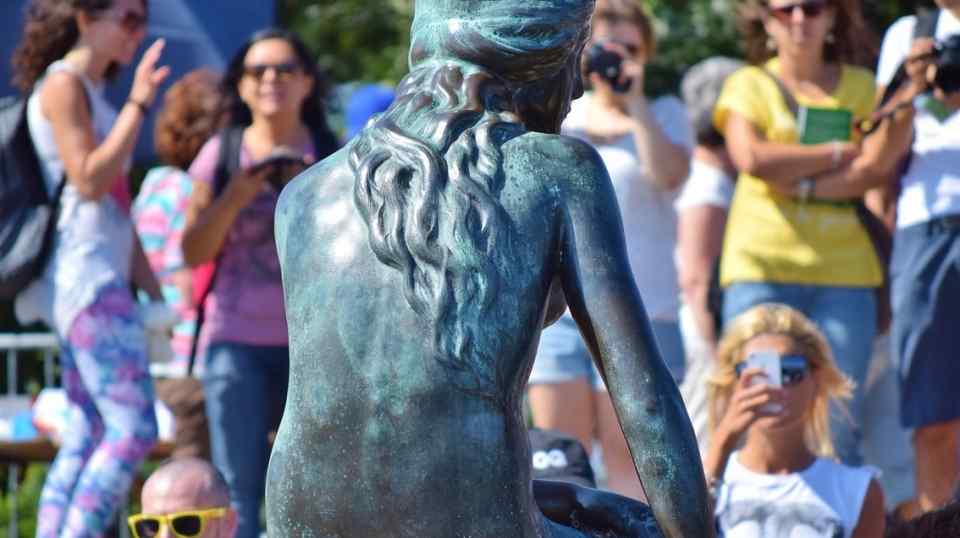
Best Times to Visit
The best times to visit the Little Mermaid are during the spring and summer months, from April to September. During this period, you can enjoy pleasant weather and vibrant scenery. Expect larger crowds during weekends and holidays. Early mornings on weekdays are particularly quiet, allowing you to appreciate the statue without the hustle and bustle. If you can, try to plan your visit when cruise ships are not in port, as this can also contribute to crowded conditions.
Nearby Attractions
While you’re at the Little Mermaid, take advantage of other nearby attractions along the Langelinie promenade.
The picturesque waterfront offers lovely views and walking paths.
Here are a few spots you might want to check out:
- Kastellet: This historic fortress is just a short walk away. It provides unique architecture and beautiful green spaces.
- The Little Mermaid’s Playground: This playground is nearby and great for kids.
- Gefion Fountain: A lovely fountain featuring the goddess Gefion, located a short distance from the statue.

Exploring these nearby attractions can round out your visit to this iconic symbol of Copenhagen.

One Comment